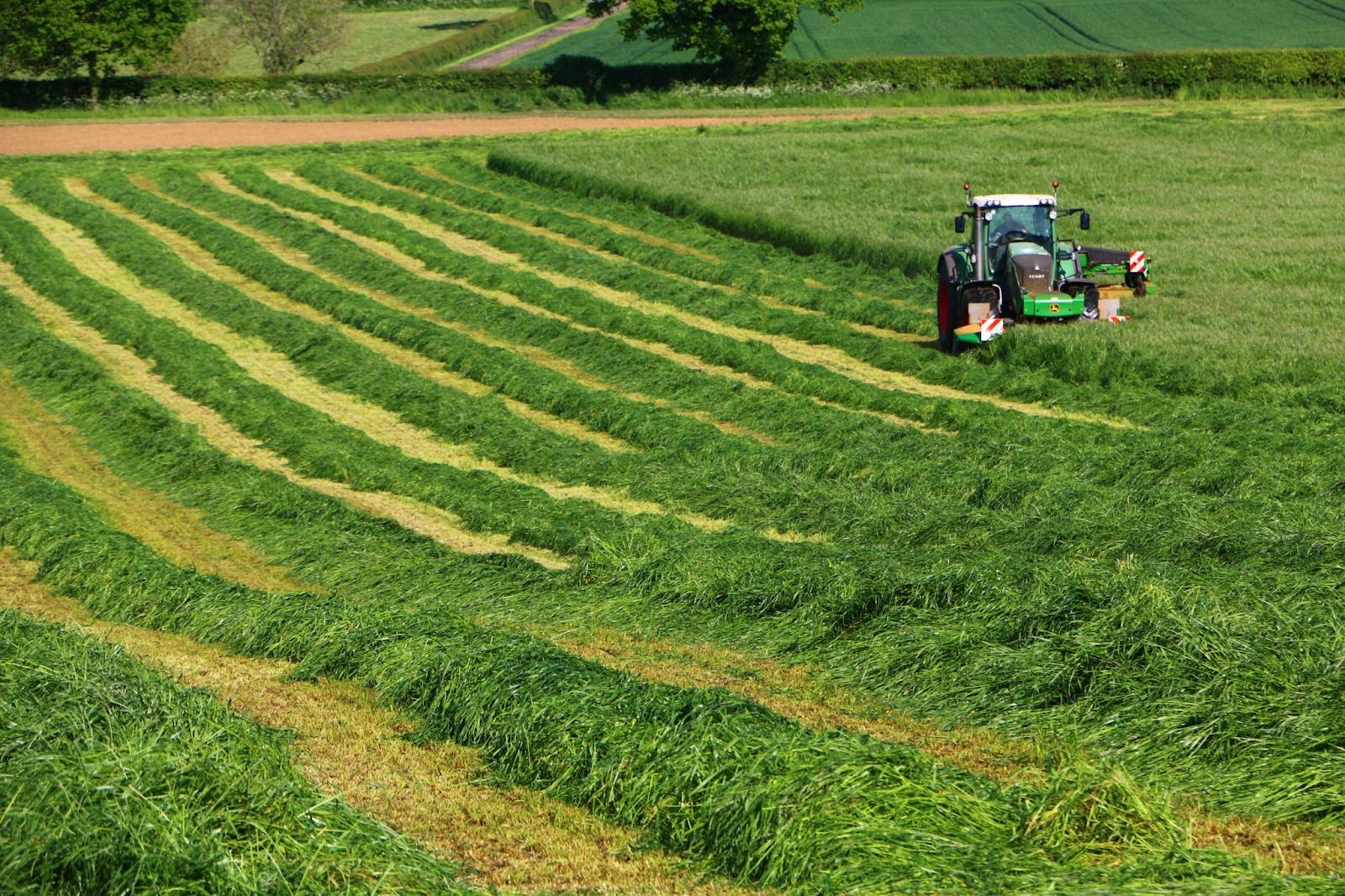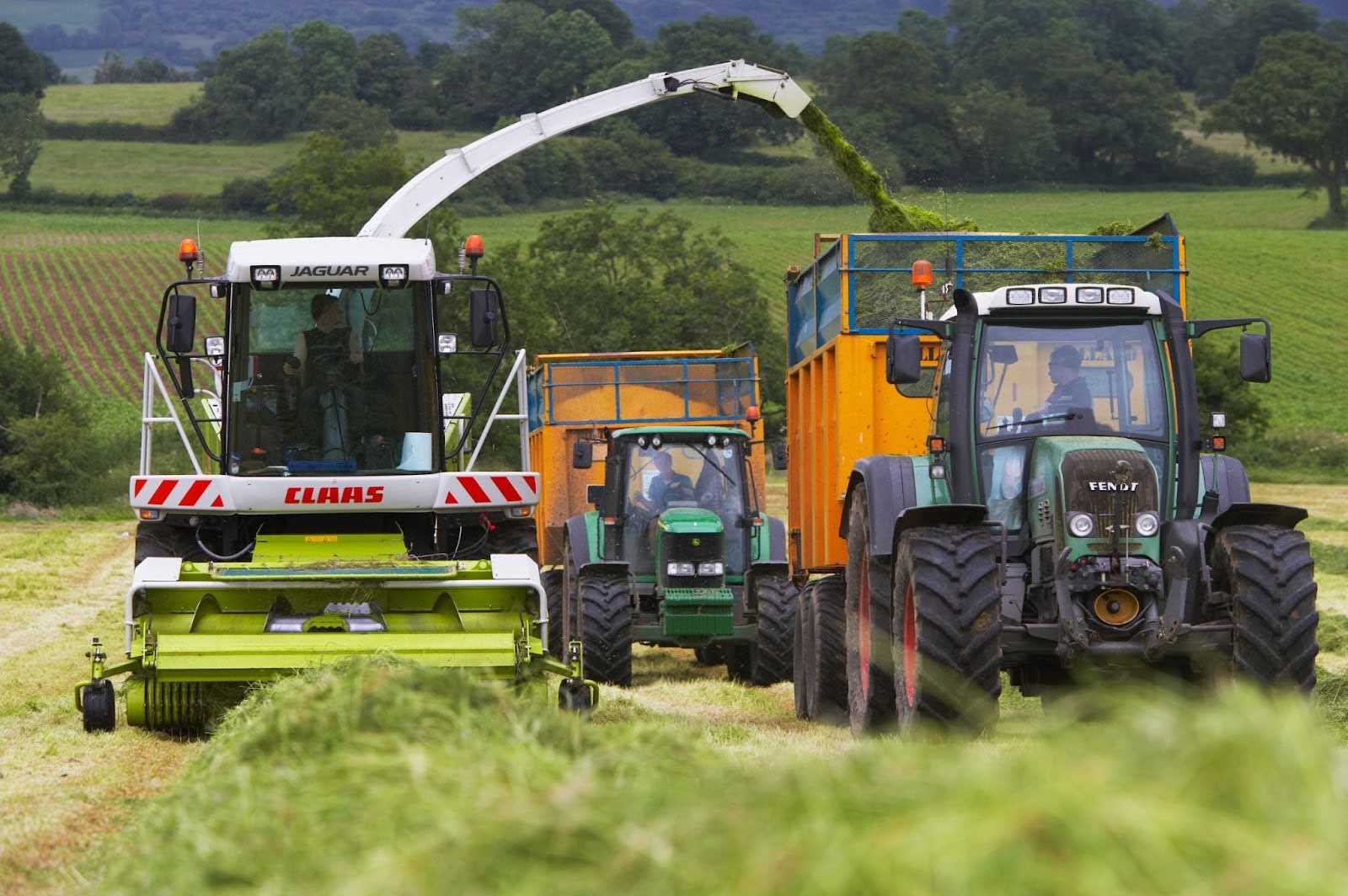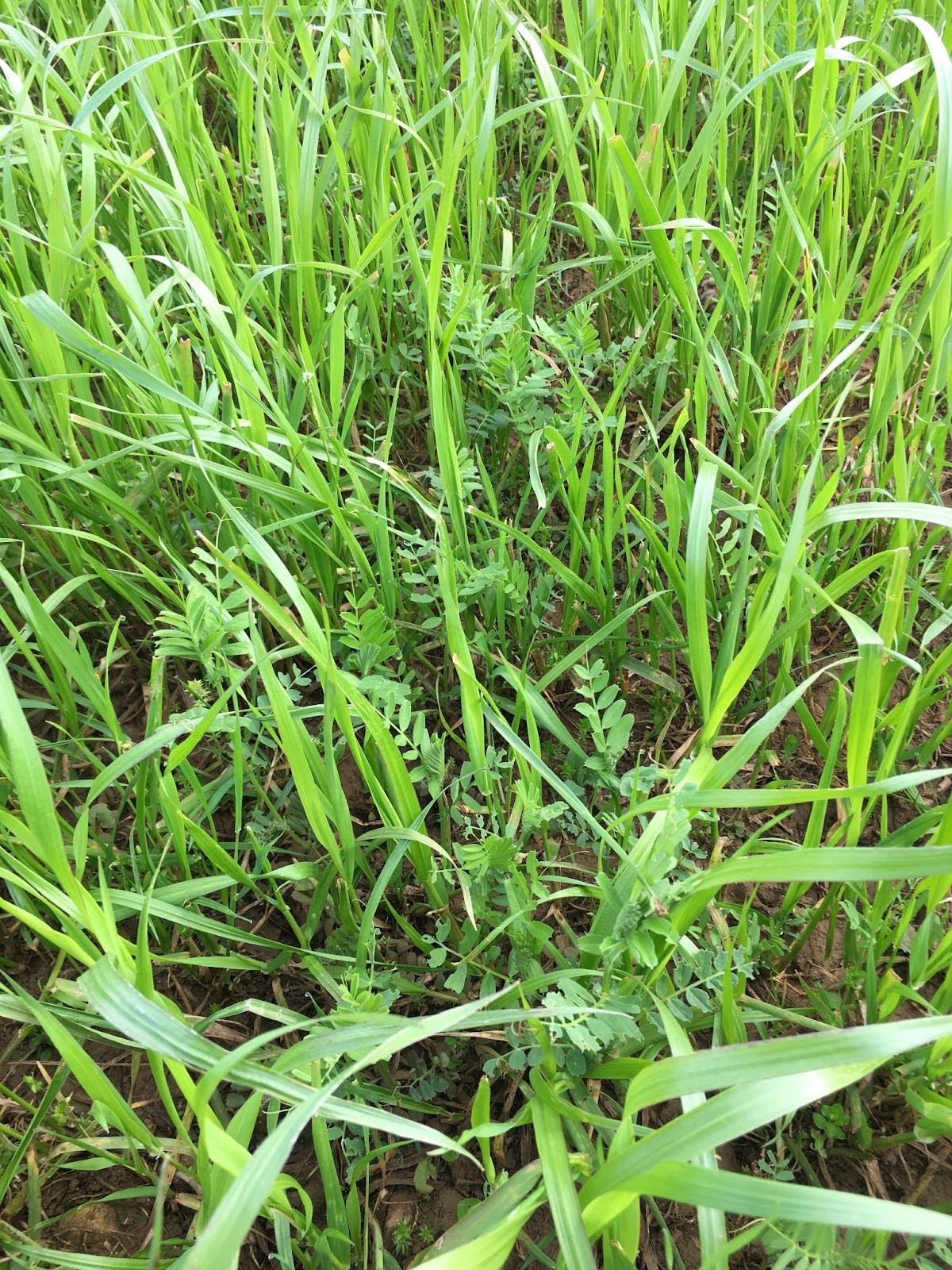Intensive silage leys require high yielding, high energy grasses which are easy to cut and ferment to produce high quality forage. Selection of a grass mixture should take into consideration desired harvest date, longevity, quality, and soil type.

Tetraploid ryegrasses have a greater number of chromosomes per cell, resulting in a greater proportion of cell contents compared to cell wall. This makes tetraploid ryegrasses larger leaved, with a lower fibre and higher water soluble carbohydrate (WSC) content for improved fermentation and increased voluntary intakes. They have a faster upright growth habit, producing a cleaner, high yielding cut. Their bigger seeds have more energy for a quick establishment, making them ideal for overseeding to replenish an old ley.

When choosing a mixture of varieties for silage, make sure their heading dates are in close range (maximum range of 7 days) to ensure maximum quality and yield at the same time; grass generally reaches its peak quality two weeks before its heading date. Delaying harvest to increase the yield risks producing a lower quality, stemmy cut with a markedly reduced second cut. Although earlier heading dates hit their ideal cutting time earlier in the season (in the first half of May), following regrowth tends to reach heading quicker which may reduce its quality. Intermediate and later heading varieties produce the highest yields in summer and autumn, allowing a longer period of growth before it reaches heading date. Following cuts also tend to be of the same quality, aftermath grazing is superior on these medium and later heading varieties especially the diploid types.
The Quick bulk westerwolds ley (MIXQB) is a very fast growing one year ley, it can be sown in the spring to provide two silage cuts after just 12 weeks, or autumn sown to provide 3+ cuts in the following summer. It contains only tetraploid varieties of Westerwolds ryegrass to provide an upright, high sugar, high yielding cut.
Alternatively, choose the Maximum yield (MIXA), which contains Italian ryegrass to provide up to two years of forage, with high D-value and sugar to ensure good fermentation, over two years. Westerwolds and Italian ryegrasses produce a higher yield compared to other species; annual yields can be up to 18t DM/ha from an autumn sowing (or 25% less for spring sowings). These high yielding varieties grow at lower soil temperatures than perennial ryegrasses, extending the growing season for early spring and autumn aftermath grazing.

Swap for the Festulolium ley (MIXAF) if you have lighter/sandy soil, it contains the deeper rooting, stress resistant festulolium (a hybridisation of Italian ryegrass and fescue) for drought tolerance whilst maintaining high yields. Sow this in the autumn when the soils have ample moisture for germination. If your land is particularly heavy or waterlogged, consider including diploid ryegrasses in the mix to provide a better ground cover to reduce poaching.
Add in legumes to increase the protein content whilst reducing the need for nitrogen fertiliser. The grass also benefits by mopping up excess nitrogen fixed by the legumes. Adding a legume into a grass mix can also be financially rewarded through the SFI action NUM2 (legumes on improved grass), as long as they are managed in a way that achieves the action's aims. Do note that legumes require warmer soils than grass (consistently 7℃ or over), and extra care is needed when turning and ensiling as the leaves shatter more easily.
The Westerwolds and vetch mix (MIXWWVV) is a shorter term break crop option. Lasting only 6-months, it is a great option for providing soil cover and protection over the winter (from an autumn sowing), and a very large cut of high protein silage in May. Westerwolds will also regrow after cutting for further silage cuts or grazing through the summer.

Add in clover to any of the grass leys as an easy method of increasing the protein content (typically over 25% CP), and utilising atmospheric nitrogen fixation to reduce fertiliser inputs. It is also beneficial as a companion to tetraploid ryegrasses to fill in the base of the sward and the aid in weed suppression. Choose medium/large leaved varieties of White Clover for ease of cutting and maximum yield.
Red clover has a high protein utilisation, it contains the enzyme polyphenol oxidase, which delays protein breakdown until it reaches the small intestine as utilisable amino acids. It does also contain phytoestrogens that may have an effect on ewe fertility; avoid feeding silage with red clover for 6 weeks either side of tupping. The ‘Short term’ red clover ley (MIXCG03) lasts 1-2 years, red clover is more aggressive than white clover so thrives in mixtures with fast establishing Italian ryegrass. Unlike white clover, red clover grows from a single crown, therefore cut higher (7-10cm) to reduce damaging its persistence.

Alternatively, the fast and vast ley (MIXFV) also contains vetch and crimson clover, which are very quick establishing nitrogen fixers. Vetch in particular is winter hardy, and its deep roots are beneficial for soil improvement and drought resistance.